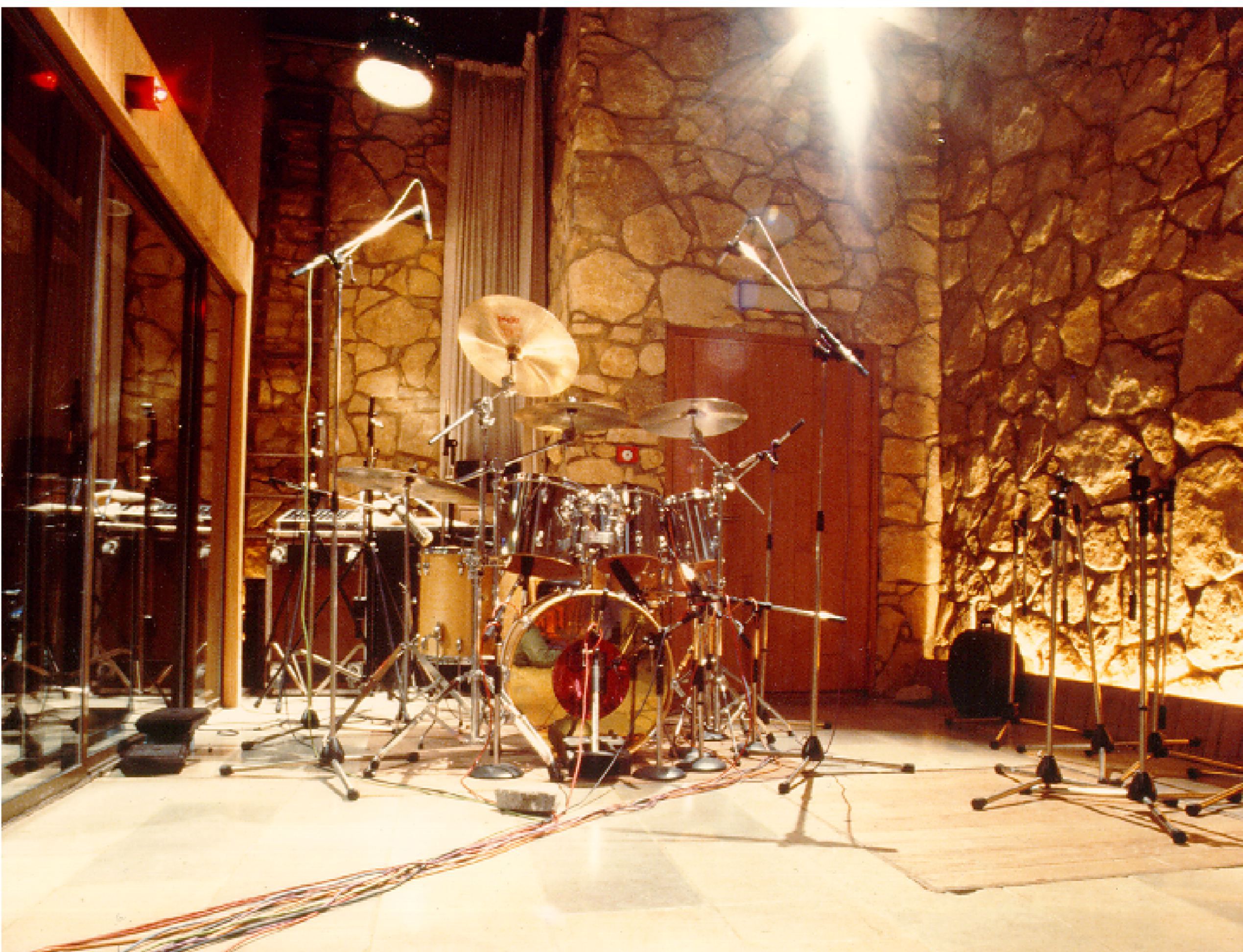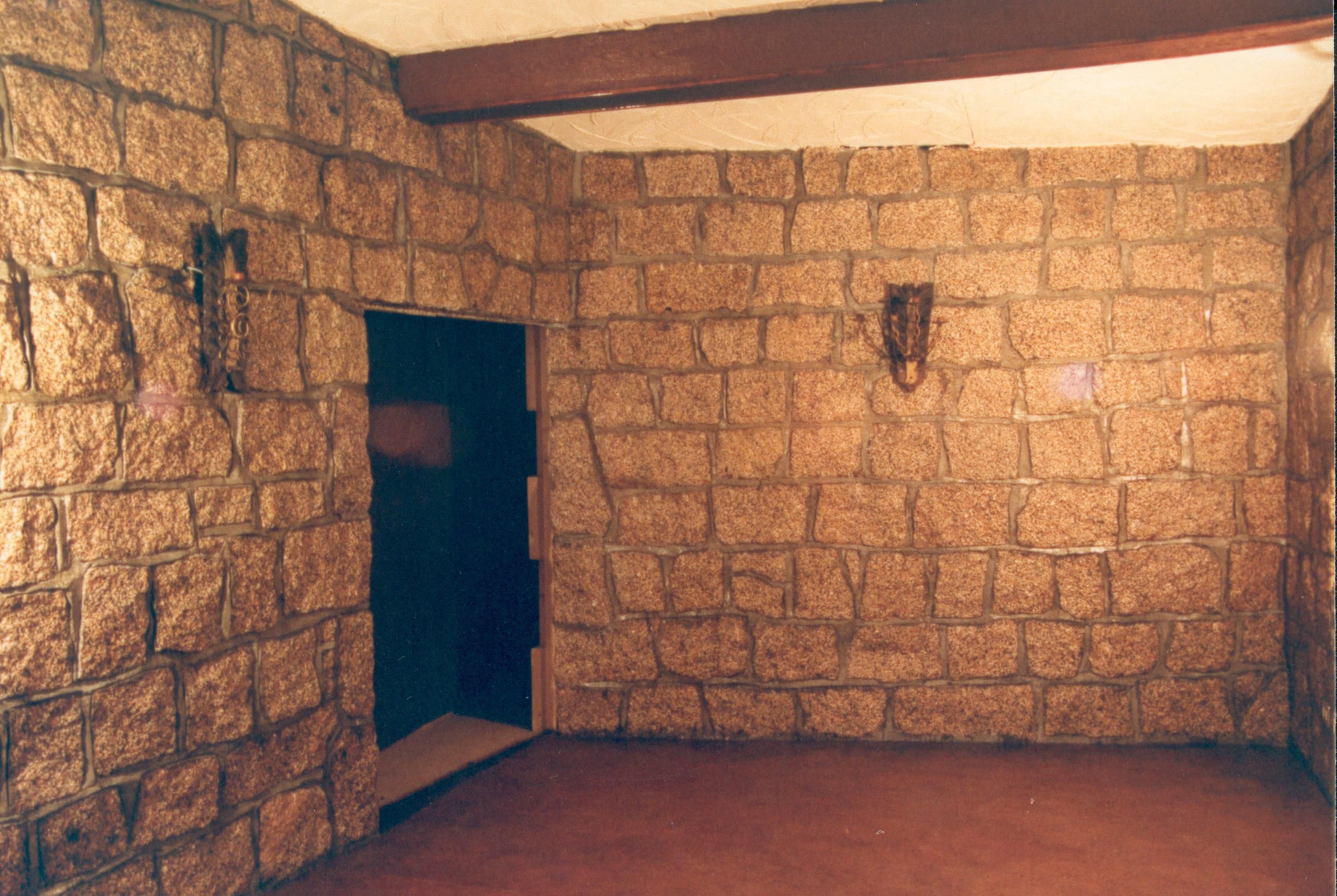One of the characteristics common to most studios designed by Philip Newell has always been the use of stone. All started in the beginning of 1979 with Phil Collins (The Genesis) and this peculiar story:
 Philip Newell, at the time director of “Town House Studios”, of the Virgin Group, invited Tom Hidley to design Studio 2. In this studio he had the idea of designing and building a reverberant room built in stone.
Philip Newell, at the time director of “Town House Studios”, of the Virgin Group, invited Tom Hidley to design Studio 2. In this studio he had the idea of designing and building a reverberant room built in stone.
For months, engineers and producers were incapable of finding any predictable use for the room and, as a consequence, Richard Branson told Philip to destroy it. However the order was not executed. For the next few months the room was being used for storing boxes and instruments up until when Phil Collins, used it to rehearse drum parts of his coming first solo album, avoiding to use of space in the main room. He immediately reckoned that the well controlled reverberation and the brightness produced by the specular reflexions on the stone wall surface, would create an innovative surprise.
This was how the drum sound of “In the air tonight”, one of the tracks included in the album “Face Value” and still today an inspiration for many modern musicians, was born.
After all, the room was kept in use for the following 20 years, until eventually Town House Studios were completely reformed by Sam Toyashima circa 2000.
During the second half of the 80s, Planta Sónica was the first studio in Iberia with a stone room for recording. Sergio Castro, Javier Abreu and Álvaro Azevedo – founders of the studio – heard about Philip Newell in 1985 and, inviting him to design it, became his first customers in the Peninsula. The relationship between Newell and Castro started here and would lead to the purchase of the Reflexion Arts UK company by the latter, moving headquarters to Portugal, in 1991 and later to Spain.

Planta Sónica had suffered a severe flood in November 1990 and was considered unrecoverable.

